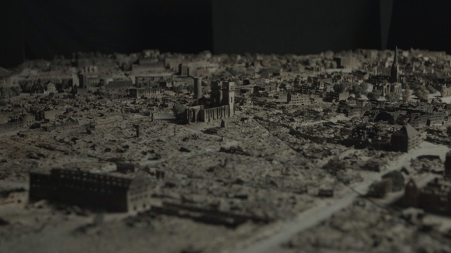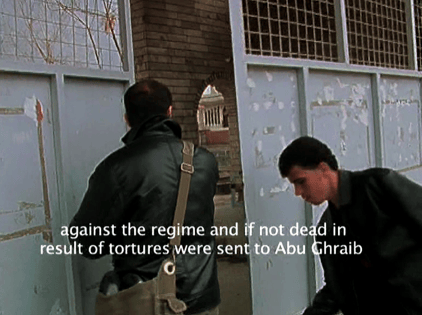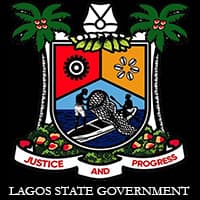

Hiwa K, View From Above (still) 2017, single channel HD video 16:9, color, sound (with English language), 12.27 min., credit: Hiwa K, Courtesy of the artist and KOW, Berlin
Hiwa K, Moon Calendar (still), Iraq, 2002, SD video, 4:3, color, sound, 12.16 min., credit: Hiwa K, Courtesy of the artist and KOW, Berlin
Born Sulaimaniyya, Iraq (1975), works and lives in Berlin, Germany
Moon calendar 2015
2007, single channel SD video, 4:3, color, sound (with English subtitles), 12.16 mins
View from above 2017
single channel HD video, 16:9, color, sound (with English language), 12.27 mins
Courtesy of the artist and KOW, Berlin
Artist’s statement
Moon calendar presents documentation of rehearsals for an unrealized performance at The Red Security building, 2007. The rehearsals for an unrealized dance performance took place during a visit to Amna Souraka, The Red Security Building, in northern Iraq. This building complex used to be one of the infamous jails where Saddam Hussein detained the political prisoners and today it hosts the Iraqi National Museum of War Crimes. Hiwa K tap dances in the premises of Amna Souraka to the rhythm of his own heart beat that he follows by listening through a stethoscope. With the increasing intensity of the dance, the speed of the feet and that of the heart lose simultaneity and chase each other in a beat and counter-beat discordant pulsation. The rhythm of the heart isolates the artist from the surroundings thus creating a private and hidden space for his own thoughts. The ludic dimension of the dance allows for a state of denial that makes trauma absent while still being present in the place. By focusing on the rhythmic dimension of the movement and the beat, the piece generates a semantic slippage that allows for a reflection on time and temporality. The reference to the lunar calendar opens to a different understanding of the passing of time and hence triggers a shift in the perception of the events. Moon calendar leads the viewer to a lateral understanding of the unspoken events which happened in the Red Security Building. Through a decentralisation of the prominence and the possible banality of the emotional engagement, it hints at the past but never reveals it, thus offering a counter-narrative space of reflection.
View from above relates to an aspect of the experience of many people who have come from Iraq as refugees, in the last four decades. In 1991, a division was created between northern Iraq (Kurdistan) and the rest of Iraq. The UN considers Kurdistan a safe zone. As a refugee you have to come from the unsafe zone, or at least prove that you do, in order to qualify as a refugee.
During the interview for refugee status, an official checks to see whether you really come from the unsafe zone. He asks about small details of the city you claim to come from, and compares your answers to a map to confirm that your answers correspond to it. If you cannot prove that you come from the unsafe zone, you are sent back to your country.
Many people have difficulty proving that they come from the unsafe zone, even if they really come from there.
Here is a story about someone who we can call M.
M tried to apply for asylum in one of the Schengen countries—let’s call the country ‘X’. He was not aware that the city he came from was in the safe zone, according to the UN. He waited five years for a positive answer from country X, but unfortunately he got one negative answer after another, until he received the final rejection from X and was set to be deported back to his country. Back then, his country was still ruled by a dictator. As a deserter from the army, returning to his country was the worst ending he could imagine. After a while he managed to cross the border of X without legal papers and enter another country — let’s call it XX — to apply for refugee status again. From that moment he was a new person.
Before going for the interview, he spent weeks with people from a town in the unsafe zone. Let’s call that town J. During this period he started to draw a map of J, which he had never visited before. He wanted to know every corner of it — the names of all the streets, the schools, the major buildings, and even the minor buildings. The people from J taught him everything and helped him draw the map of their town, all the while asking him questions to confirm that he had mastered everything about J.
When M finally had his refugee interview, the official was quite surprised, even impressed. He asked M questions about the geography of the town, and compared M’s answers to a map. M’s answers demonstrated knowledge of J as it was seen from above.
It took only twenty minutes for the official to grant M refugee status. Meanwhile, thousands of people who were actually from J and other cities in the unsafe zone waited as long as ten to fifteen years for the same thing, because their answers only demonstrated knowledge of their towns from the ground.
Hiwa K’s work is included in Gregarious architectures.











